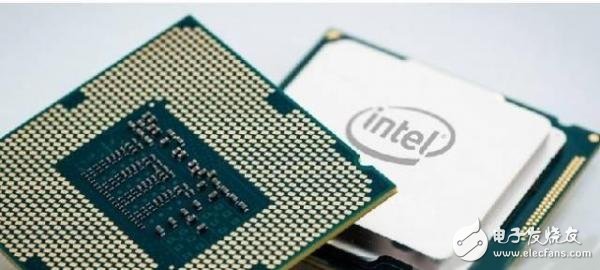Currently Android supports three types of processors: ARM, Intel, and MIPS. ARM is undoubtedly the most widely used. Intel is well-known for its popularity with desktops and servers, but its impact on the mobile industry is relatively small. MIPS has a long history in the field of 32-bit and 64-bit embedded, and has obtained a lot of success. At present, the adoption rate of Android is the lowest among the three. In short, ARM is now the winner and Intel is ARM's strongest opponent. So what's the difference between an ARM processor and an Intel processor? Why ARM is so popular? Is it important that the processor you use for your smartphone or tablet is important? The central processor is the brain of your smart device. Its mission is to drive your device by executing a series of instructions, including a display, a touch screen, a modem, etc., to turn a plastic metal mixture into a shiny smartphone or tablet. Mobile devices are very complex, and the processors in them need to execute millions of instructions to complete what people want these devices to do. Speed ​​and power consumption are critical to the processor. Speed ​​affects the user experience and power consumption affects battery life. The perfect mobile device must have good performance and low power consumption. This is why it is important to choose what kind of processor. A super-powered, unresponsive processor drains your battery quickly, and a sophisticated, efficient processor gives you high performance and long battery life. In general, the first difference between ARM and Intel processors is that the former uses RISC, while the latter uses a complex instruction set (CISC). In general, the reduced instruction set is smaller in scale and closer to atomic operation, while the complex instruction set is larger and more complex. The so-called atomic operation means that the work of each instruction can be completed by the processor in one operation, such as adding two registers. The instructions of a complex instruction set describe an intent, but the processor must execute 3 or 4 simpler instructions to achieve this intent. For example, a complex instruction set processor can be instructed to sum 2 numbers and store the result in main memory. To complete this command, the processor first takes the first number from address 1 (operation 1), then takes another number from address 2 (operation 2), then sums (operation 3), and so on. All modern processors use the concept of a so-called micro-instruction, which is a set of instructions inside a processor to describe atomic operations that the processor can do. The complex instruction set processor actually executed three micro instructions. For a reduced instruction set processor, its instructions are very close to its micro instructions, and the instructions of a complex instruction set processor need to be converted into some more compact micro instructions first. In other words, the decoder in the reduced instruction set processor (which is responsible for telling the processor what to do) is much simpler, but the simplicity means high efficiency and low power consumption.
1. This product is used to
convert the car power supply of mobile phone chargers
2. This product has over-current
short-circuit overload protection
3. Insert this product into the
cigarette lighter socket of the car
4. Confirm whether the power
indicator light of this product is on
5. Insert the mobile phone
charger into the socket of this product
6. This product is used in mobile
phones, PHS, mobile phone line chargers, travel chargers, universal chargers,
etc.
150w Car Inverter, 150W Power Inverter, Car Charger Inverter with USB Shenzhen Jinziming Electronic Technology Co.,LTD , https://www.powerchargerusb.com
